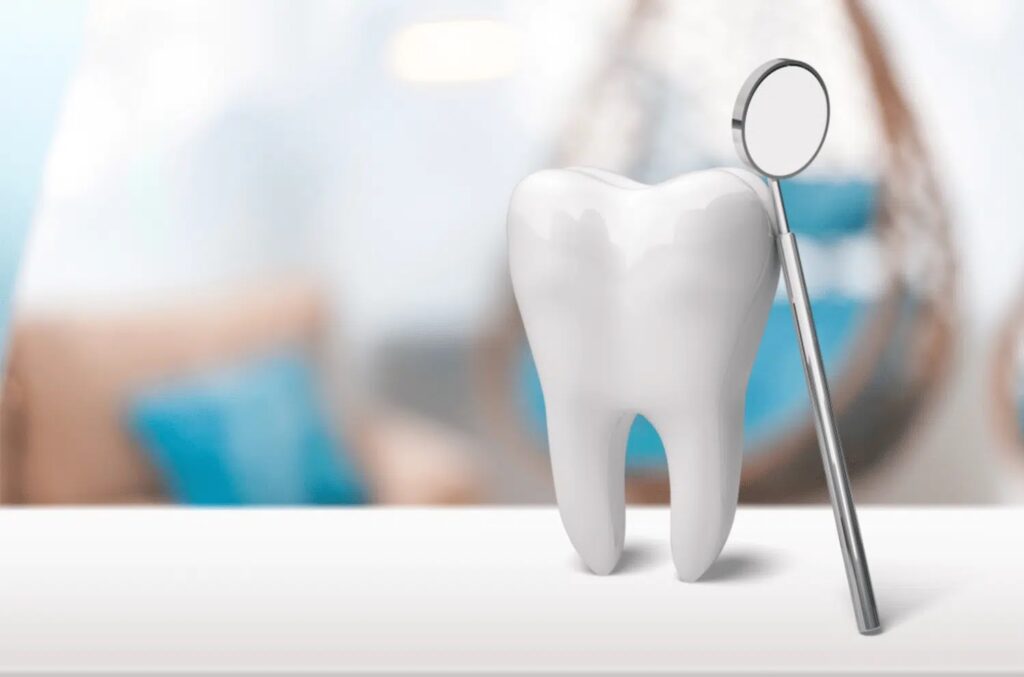Dental Implants – Everything You Need to Know About This Tooth Replacement Option
Dental implants have revolutionized tooth replacement options, offering a durable and natural-looking solution for those missing teeth. Composed of titanium posts surgically inserted into the jawbone, dental implants serve as sturdy anchors for replacement teeth. This process begins with a thorough examination to assess the jawbone’s health and determine candidacy. Suitable candidates typically have good overall oral health and sufficient bone density to support the implants. The procedure itself is performed in stages, starting with the placement of the implant into the jawbone beneath the gum tissue. Over several months, the implant integrates with the bone through a process called osseointegration, ensuring a solid foundation. Once the implant has fused securely with the bone, a connector known as an abutment is attached to hold the new tooth securely. Custom-made artificial teeth, crafted to match the shape and color of existing natural teeth, are then affixed to the abutment. As technology continues to evolve, the future of dental care looks brighter than ever.
This meticulous process ensures a seamless blend with the remaining teeth, restoring both function and aesthetics. Unlike removable dentures, implants offer stability and comfort similar to natural teeth, allowing for normal speech and chewing without slipping or discomfort. The benefits of dental implants extend beyond aesthetics and functionality. They help maintain facial structure by preventing bone loss that can occur with missing teeth. This preservation of bone density promotes long-term oral health and overall well-being. Furthermore, implants do not require alterations to adjacent teeth, unlike traditional bridgework, preserving the integrity of neighboring teeth. While dental implants are highly successful, they require commitment to oral hygiene and regular dental check-ups to ensure longevity. Brushing and flossing remain essential to prevent plaque buildup and gum disease around the implant. Dentists may recommend special brushes or oral rinses to maintain oral health effectively. Cost considerations for dental implants can vary based on factors such as the number of implants needed and any additional procedures required, such as bone grafting to augment bone volume.
Despite initial costs, many patients find the long-term benefits outweigh the investment due to improved quality of life and confidence. It is important to consult with a qualified dentist or oral surgeon to determine if dental implants are suitable for individual needs. They will assess oral health, discuss treatment options, and provide guidance tailored to specific circumstances. With proper care, dental implants can provide a permanent solution for missing teeth, offering a natural appearance and restoring full dental function. In dental implants represent a significant advancement in dentistry, providing a reliable and durable alternative to traditional tooth replacement methods and learn more. Their ability to restore both form and function, along with promoting long-term oral health, makes them a preferred choice for many seeking to regain a complete and confident smile. In conclusion, the latest innovations in oral health technology are making dental care more precise, less invasive, and more accessible. From digital and laser dentistry to AI and regenerative treatments, these advancements are transforming the way dental professionals diagnose and treat patients, ultimately leading to better oral health outcomes.





